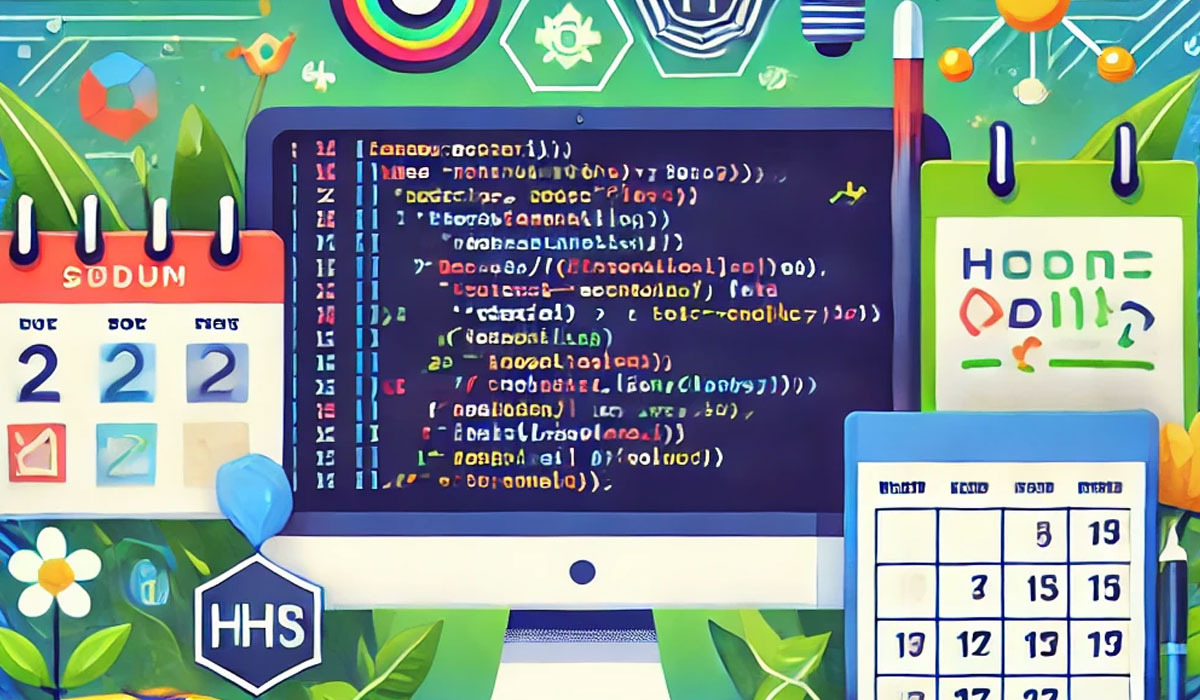
Do you ever feel like you’re just watching online tutorials without actually making progress toward becoming a software engineer? You promise yourself that this time you’ll finish the course you started, but when you sit down to learn coding, it feels like a chore—just as tedious as washing dishes or doing laundry. Progress seems impossible.
So, how do you stay motivated while learning to code?
This is where Atomic Habits by James Clear comes in. If you’ve never heard of this book, you might not be into self-help reads, but it answers critical questions like:
- What are habit loops?
- How can you prime your environment for success?
- How do you use dopamine spikes to stick to good habits?
By applying these principles, I’ll show you how to turn learning programming into a life-changing habit.
Tiny Changes, Big Impact
Imagine a plane taking off from Los Angeles heading to New York. Just before takeoff, the pilot shifts the flight path by 3.5 degrees. This change is so minor that neither the crew nor passengers notice anything. But when the plane lands, they step onto the streets of Washington, DC, instead of New York.
Small changes, when compounded over time, can completely transform your trajectory. The same applies to learning programming. You might think you need to create groundbreaking projects to break into the tech industry, but in reality, small daily steps will get you there faster than you think.
If you spend the next year mindlessly scrolling Instagram or watching YouTube, you’ll be no better at programming than you are today. But if you build tiny, consistent habits, you’ll be much closer to landing a software engineering job within the same timeframe.
Overcoming the Valley of Disappointment
Building habits is one thing; sticking to them is the real challenge. That’s because, initially, it won’t feel like your programming skills are improving. When you start, you expect steady, linear progress—but reality looks different.
James Clear calls this the “Valley of Disappointment.” Early on, results are almost invisible, and this is where most people quit. But if you push through this phase, your progress will eventually accelerate. Suddenly, learning new languages, building projects, and achieving your goals will feel natural.
When you look back, you might even laugh at your early efforts. (I still laugh at the first portfolio website I made—a rotating cube showcasing my skills. Let’s just say it wasn’t a masterpiece.)
The Habit Loop: Building Positive Feedback Cycles
Habits are formed through a loop: Cue → Craving → Response → Reward. Let’s break this down using a bad habit we all recognize:
- Cue: Your phone vibrates.
- Craving: You want to see the notification.
- Response: You pick up the phone.
- Reward: A dopamine hit from scrolling Instagram for 30 minutes.
Over time, your brain associates boredom with checking your phone, creating a habit of procrastination. But what if you could use this same loop to build good habits?
Step 1: Make the Cue Unmissable
The first step in learning programming is identifying the one thing you need to get started—your laptop. Use your laptop as a cue by placing it somewhere unavoidable, like the middle of your room or your gaming chair.
Step 2: Define Clear Intentions
Studies show that lack of clarity often derails good intentions. Instead of saying, “I’ll learn programming tomorrow,” create a specific plan:
- “When my alarm goes off in the morning, I’ll sit at my desk and code for two hours.”
You can also stack habits. For example:
- “Right after brushing my teeth, I’ll spend two hours coding at my desk.”
Step 3: Leverage Dopamine for Motivation
Dopamine, the brain’s motivation hormone, plays a crucial role in habit formation. In a famous study, scientists blocked dopamine in rats, and the animals lost the will to eat, drink, or reproduce.
Dopamine is released when you swipe on Instagram or watch Netflix, but you can also tie it to positive habits.
For example, Ronan, an engineering student, wanted to work out but lacked motivation. He connected his bike to his laptop and created a program that allowed him to watch Netflix only while cycling. This concept, called Temptation Bundling, combines something you enjoy with something you want to achieve.
Similarly, you could create a program that tracks your time in a code editor and rewards you with phone usage.
Step 4: Start Small with the 2-Minute Rule
James Clear recommends starting small to avoid overwhelming yourself. Instead of unrealistic goals, commit to two minutes of programming daily.
For coding, I recommend “two exercises a day.” Stick to this for 30 days, and you’ll likely exceed that number by the end.
If you’re up for the challenge, comment “#30DayChallenge” below and come back in a month to share your progress.
In Summary
Building the habit of learning programming is one thing, but being efficient in your learning process is equally important. In the next part of this series, I’ll share strategies for optimizing your programming sessions. Stay tuned!
Let’s get started—one habit at a time.

